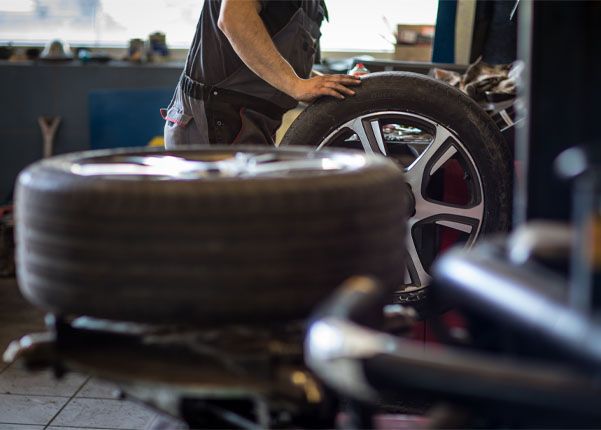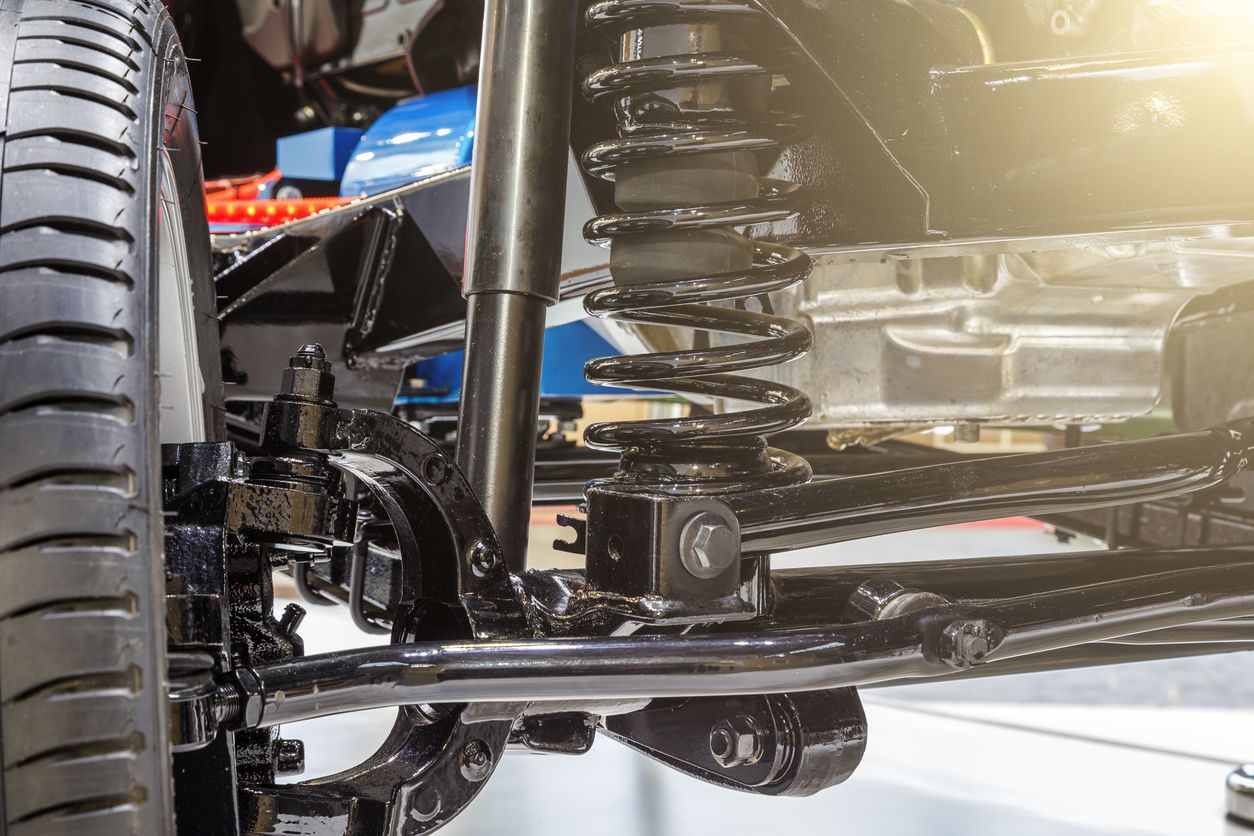
Causes of Low Engine Oil Pressure and What to Do if it Happens to You
What makes oil pressure drop? Learn what may be causing low engine oil pressure in your ride, how to spot the signs, and what you can do to resolve the issue.
Read More
When you are out on the road, you count on your vehicle to handle at its best. Whether you are driving on smooth streets or country roads, your tires and suspension system are what give you the best performance on any terrain. Services like tire rotations and wheel alignments are essential for extending the lifespan of your tires and suspension. Get to know how these services work in tandem and when they should be scheduled for your vehicle.
A tire rotation is the process of rotating each tire on your vehicle to a different position on your vehicle to ensure that each tire wears evenly. Regularly swapping placement helps balance the distribution of stress and pressure on each of your tires, thus helping support even tread wear over time. To get the most miles out of your tires, tire rotations are a basic service you should never skip.
A wheel alignment refers to the proper adjustment of your vehicle's steering and suspension system to ensure your wheels are hitting the ground properly while driving. Each vehicle’s suspension is uniquely calibrated to make sure its wheels hit the pavement at just the right angle. A wheel alignment ensures your vehicle’s steering wheel is centered and wheels are properly aligned to help promote even tire wear.

Wheel alignments and tire rotations are an important part of a vehicle’s manufacturer recommended maintenance schedule. Both should be part of your routine to keep up with preventative maintenance services, because they help keep you safe and help extend the lifespan of your vehicle’s tires. So, does a tire rotation affect alignment and vice versa? Directly no, since these are independent services. However, keeping up with both services protects your tires from unnecessary wear and tear.
Although tire rotations and wheel alignments are separate services, it is easy to have them scheduled together to save you time at the repair shop. In general, tire rotations should be performed every 5,000 miles or according to your tire manufacturer’s recommendations. Wheel alignments are usually not needed as often, you can wait anywhere from 6,000 to 10,000 miles or when you notice symptoms of problems with your alignment.
When you are ready to schedule a wheel alignment or tire rotation, our experts can help you at Tires Plus. Our technicians help provide the services you need to extend the life of your tires. Plus, if you purchased your tires at Tires Plus, you can get free rotations for life. For all of your tire needs, we have the solutions when you visit your nearest Tires Plus.

What makes oil pressure drop? Learn what may be causing low engine oil pressure in your ride, how to spot the signs, and what you can do to resolve the issue.

Discover what causes suspension damage, common warning signs, and how to keep your ride smooth. Learn to spot issues before they become costly repairs!

Low charge, high stress? If your electric vehicle runs out of juice, don’t panic. Learn what happens next and how to stay powered up for stress-free travels.